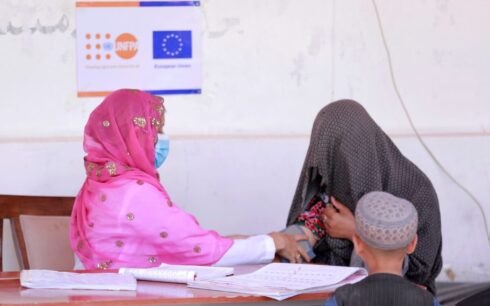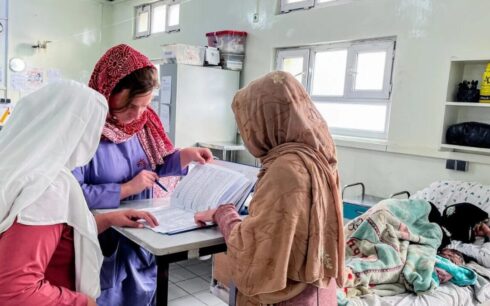The International Federation of Red Cross and Red Crescent Societies (IFRC) has raised urgent concerns over a surge in acute malnutrition among children in Afghanistan, citing economic instability, climate-related disasters, and the lingering effects of decades of conflict as key contributing factors.
In a recent report, the IFRC revealed that mobile health teams and clinics operated by the Afghan Red Crescent Society have recorded alarming cases of malnutrition, particularly in areas hardest hit by economic hardship and environmental crises. Although these issues have been present for years, the report noted a significant deterioration between May and September 2024, with malnutrition rates reaching unprecedented levels.
“There was a sudden spike in acute malnutrition among children, as well as pregnant and lactating women, across the country,” the report stated. This assessment was further supported by the 2024 Global Hunger Index, released on October 10, which indicated a worsening hunger crisis in Afghanistan. The IFRC warned that the situation is being exacerbated by a sharp increase in humanitarian needs, even as international funding for aid efforts declines.
According to the report, an estimated 3.2 million children under the age of five, along with 840,000 pregnant and lactating women, are now suffering from acute malnutrition in Afghanistan. Of these, 1.7 million children are experiencing severe acute malnutrition, which puts them at heightened risk of premature death, poor cognitive development, and stunted growth.
The provinces of Kandahar and Paktika have been identified as among the most severely affected. In Kandahar, where the population is just over two million, the malnutrition rate has reached 15.5 percent, with more than 100,000 children under five suffering from severe acute malnutrition. In Paktika, the crisis is even worse, with high rates of malnutrition amid an estimated population of 850,000.
The worsening crisis has driven many Afghan families to the brink. “My husband is jobless. We have no money to buy food, and there is no water in our area. My children are sick with diarrhea, and there is nothing to give them,” said Laila, a resident of Kabul. Another resident, Najeeba, shared a similar story. “There has been no work for two years. Our children are malnourished, and we have no access to doctors. My husband is a laborer, but he doesn’t earn enough.”
Last week, Hsiao-Wei Lee, the World Food Programme’s country director for Afghanistan, described the nation as a “global hunger hotspot,” noting that more than three-quarters of Afghans cannot afford a nutritious diet. In August, the WFP reported that over one million Afghan mothers and children had been cut off from essential nutrition assistance due to a severe funding shortfall.
With humanitarian funding dwindling and malnutrition on the rise, aid organizations are calling for urgent international support to prevent further deterioration of the crisis in Afghanistan.





